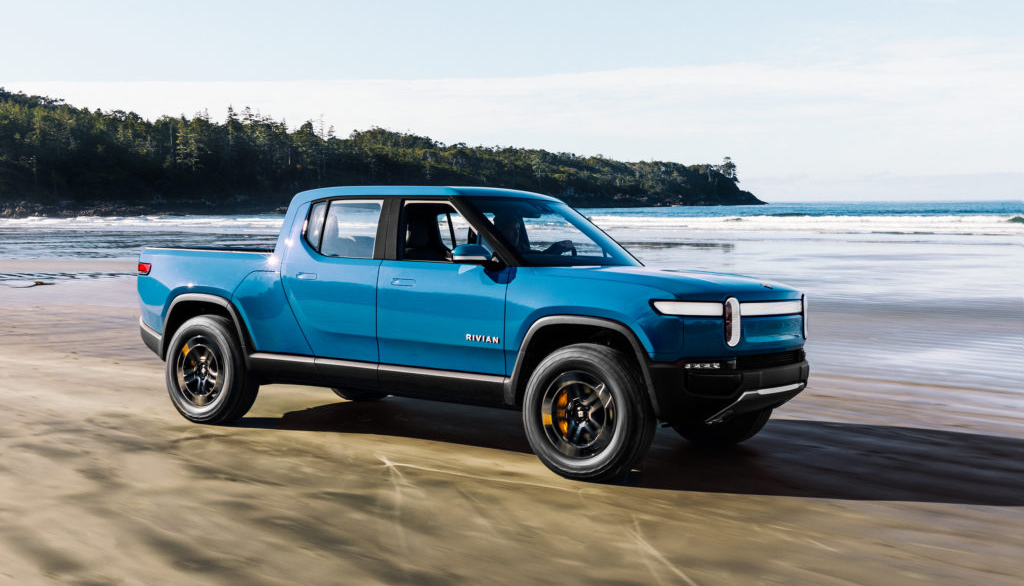Electric car maker Rivian Automotive Inc. surprised investors today with its first-ever positive earnings margin in its fiscal 2024 fourth quarter, though its shares were mostly flat in extended trading after the company forecast lower-than-expected deliveries in 2025.
For the quarter ended Dec. 31, Rivian reported an adjusted net loss per share of 70 cents, down from a loss of $1.58 per share in the same quarter of 2023, on revenue of $1.734 billion, up 32% year-over-year. The loss per share was a penny lower than the 69 cents expected by analysts, while revenue came in well ahead of an expected $1.35 billion.
The key story of Rivian’s quarter was gross profit, which was positive for the first time, coming in at $170 million in the quarter, up from a loss of $606 million a year earlier. Of that, $110 million came from the company’s automotive segment, while the remaining $60 million came from its software and services segment.
Rivian also managed to reduce its costs, with operating expenses in the quarter dropping 15% year-over-year. Over the same period, Rivian also managed to remove $31,000 of automotive cost of revenue per vehicle.
In the fourth quarter, Rivian produced 12,727 vehicles at its plant in Normal, Illinois and delivered 14,183 vehicles.
Business highlights in the quarter included Rivian and Volkswagen AG closing their joint venture, Rivian and Volkswagen Group Technology. The deal, valued at $5.8 billion, includes $3.5 billion in expected proceeds over the next few years. It includes plans to introduce next-generation electrical architecture and advanced software for future electric vehicles, starting with the R2.
Additionally, Rivian secured a loan agreement with the U.S. Department of Energy’s Loan Programs Office for up to $6.6 billion, including $6 billion in principal and approximately $600 million in capitalized interest. The funding is intended to support the construction of a new manufacturing facility in Georgia and is projected to create approximately 7,500 jobs in the region.
The combination of capital from the joint venture, the DOE loan and Rivian’s existing cash reserves is expected to provide the necessary financial resources to sustain the company’s operations. The funds will support the ramp-up of R2 production as well as the development of Rivian’s midsize platform in Georgia, paving the way for positive free cash flow and increased production scale.
For the full year, Rivian reported an adjusted earnings per share loss of $4.69, down from a loss of $5.74 per share in 2023, on revenue of $4.97 billion, up 12% year-over-year.
For the full fiscal year 2025, Rivian expects to deliver 46,000 to 51,000 vehicles, a $1.7 billion to $1.9 billion adjusted loss, and $1.6 billion to $1.7 billion in capital expenditures. The vehicle delivery outlook fell short of the 55,520 expected by analysts.
Photo: Rivian
Your vote of support is important to us and it helps us keep the content FREE.
One click below supports our mission to provide free, deep, and relevant content.
Join our community on YouTube
Join the community that includes more than 15,000 #CubeAlumni experts, including Amazon.com CEO Andy Jassy, Dell Technologies founder and CEO Michael Dell, Intel CEO Pat Gelsinger, and many more luminaries and experts.
THANK YOU








